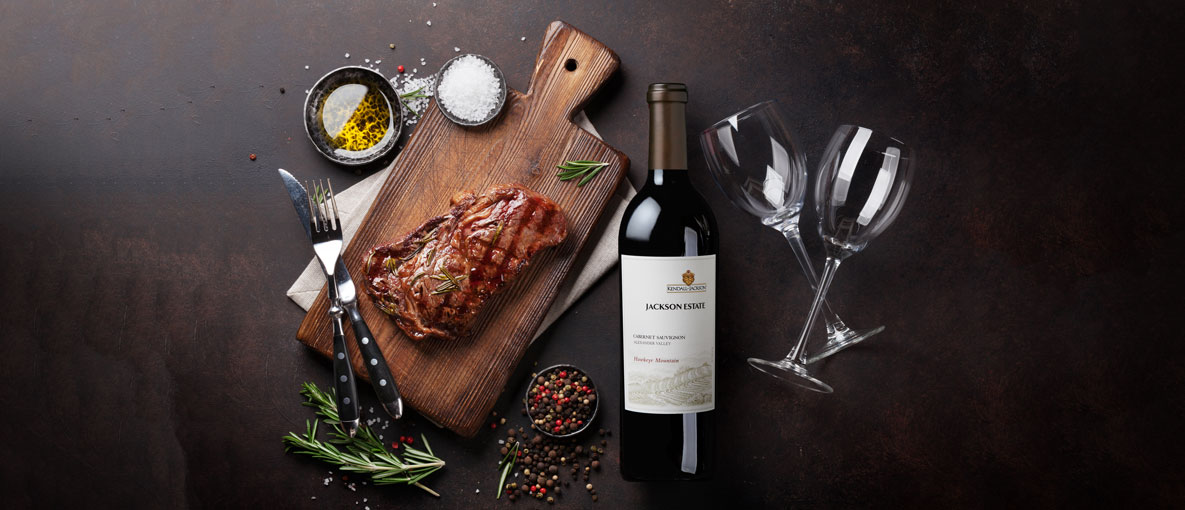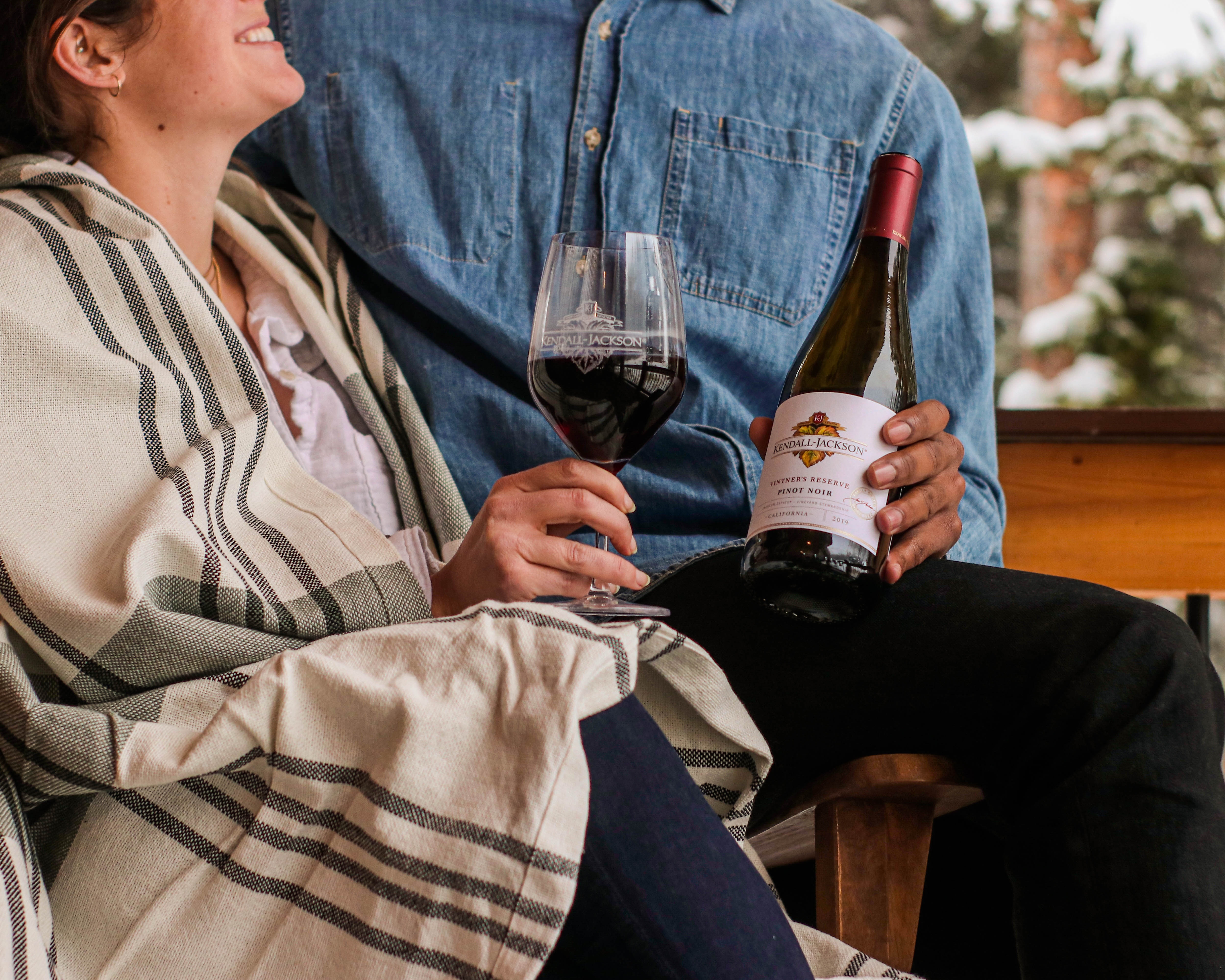Ruminations On Color, Taste And Wine In The Garden
I was reflecting on the strange world of produce and wine pairing this week—largely due to the Sip, Bite & Blog conference held here at Kendall-Jackson, but also because as a topic, the way human beings approach taste is a fascinating conversation.
Last Friday, Matt Smith (Kendall-Jackson’s Cabernet-family winemaker) and I conducted a produce and wine pairing seminar for the attendees. We call the seminar “Nature’s Blueprint: Pairing Wine with Food from the Garden” because it’s all about how wines work best with produce that’s similarly colored. In other words, golden beets work well with golden wines such as Chardonnay; red beets work best with garnet-hued wines such as Pinot Noir.
I know, I can hear you thinking, “I hate beets” but stay with me.
In our tastings, green beans work better with herbaceous, green hued wines like Sauvignon Blanc, as do green striped heirloom tomatoes like Green Zebra. Orange hued tomatoes work better with Chardonnay, and black tomatoes, like Black Krim, are tastier with Pinot or Cabernet. It’s all true. Try it sometime when you’ve got a white and red wine open and you’re prepping a meal with lots of veggies or fruits. Line them up by color and taste, point-counterpoint style. You’ll taste the subtle connections in like-colored wines and
You may be asking yourself…why is this exercise an important one? It matters because from infancy so many of our taste cues are taken from the basic building blocks of taste—sweet, salt, acid and bitter—without considering the subtle flavors in food.
As mammals with millions of years of genetic cell memory, we know that sugar is good for growth (albeit too much growth in the form of fat in modern times) and salt is essential to stabilize blood pressure and keep the nervous system in check. As a flavor, bitterness is a no-no, because it’s deeply tied to our innate, life preserving fear of poisonous plants.
This genetic taste memory is why infants and small children are drawn to sweets and reject many green vegetables (bitter). So it’s no mistake that sweet and salt flavors tend to trump subtlety in our world. We are tuned to them for our survival.
And yet, attention to subtlety is essential to a greater appreciation of food and wine. Shades of flavor, like the blueberry/violet qualities one finds in purple potatoes, go beautifully with the violet qualities often found in finesse Merlots, while fennel’s sweet licorice flavors work so well with Chardonnay. A green salad with bright herbaceous elements along with olive oil and citrus are beautiful with citrus-laden, grassy Sauvignon Blanc.
So with all of this said, I’ll simply encourage you to put the salt and sugar aside for a minute and explore the shared flavors and frequencies of vegetables and wine.



